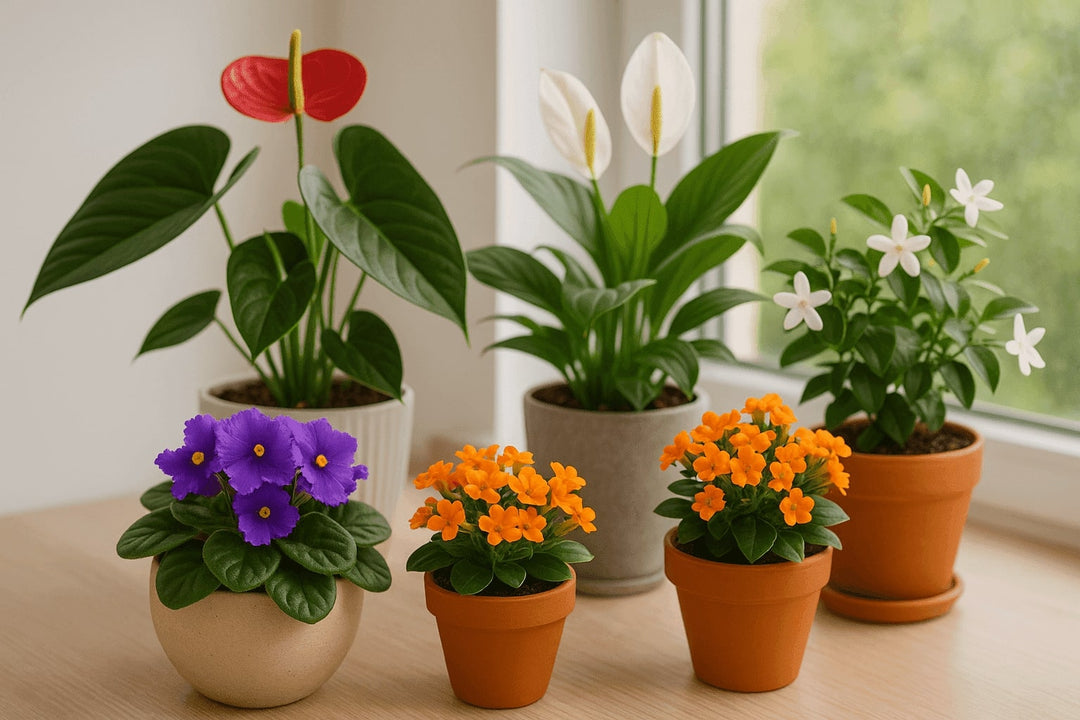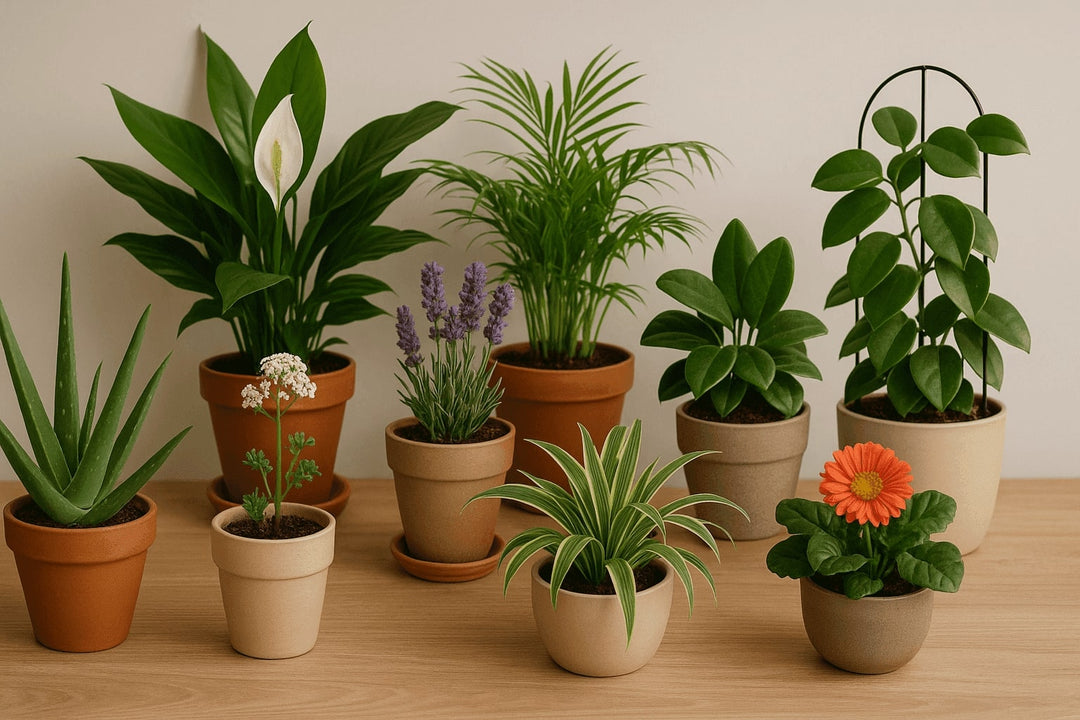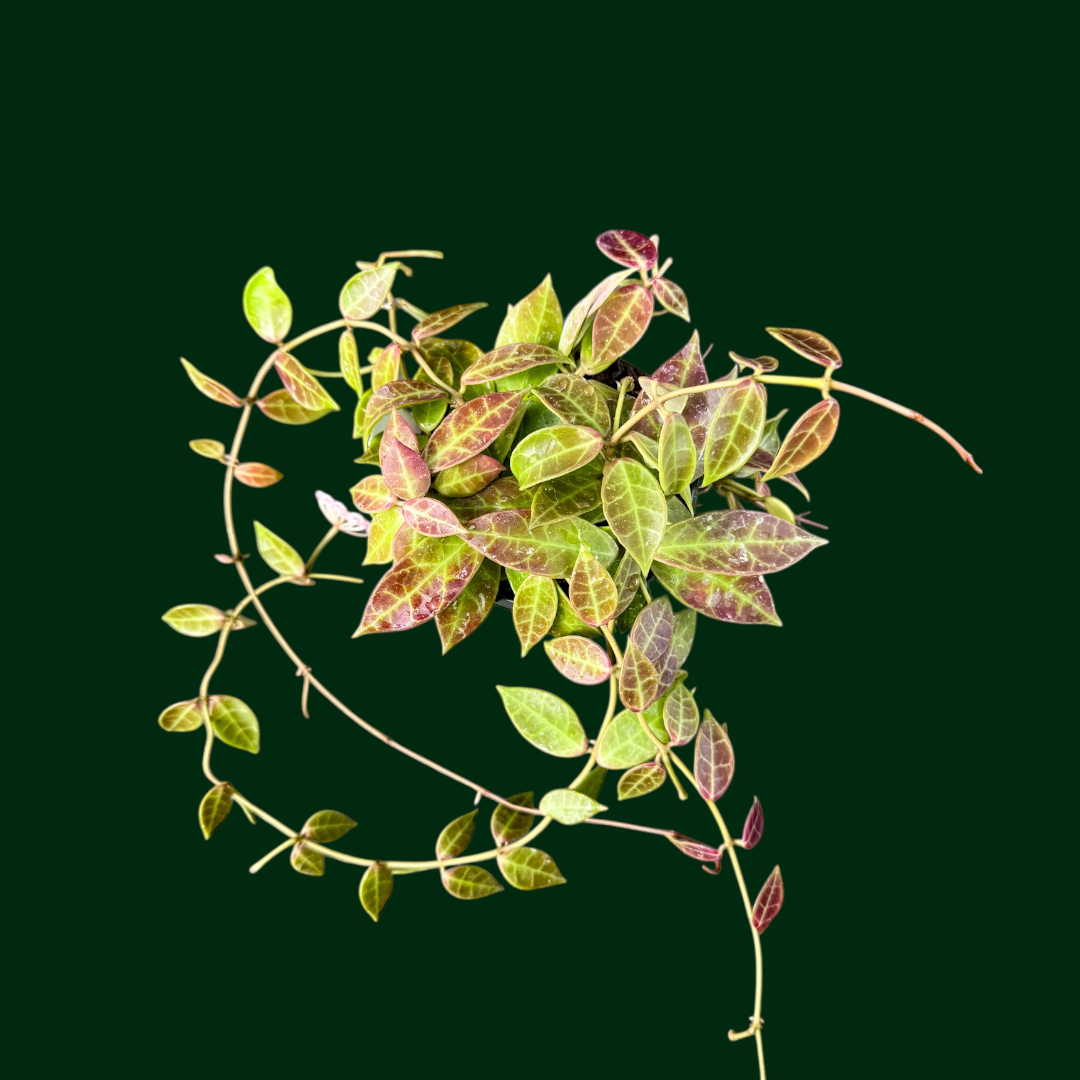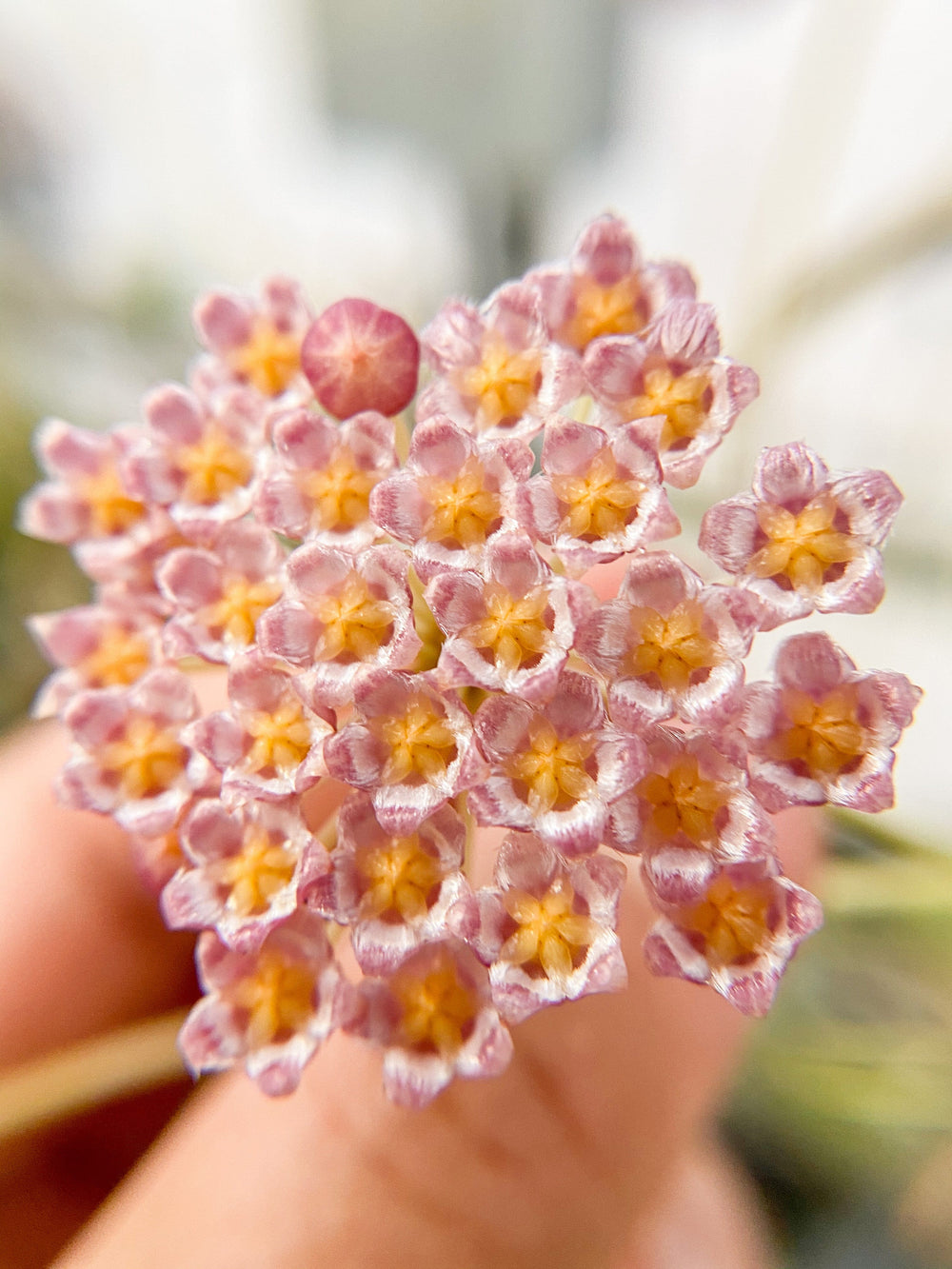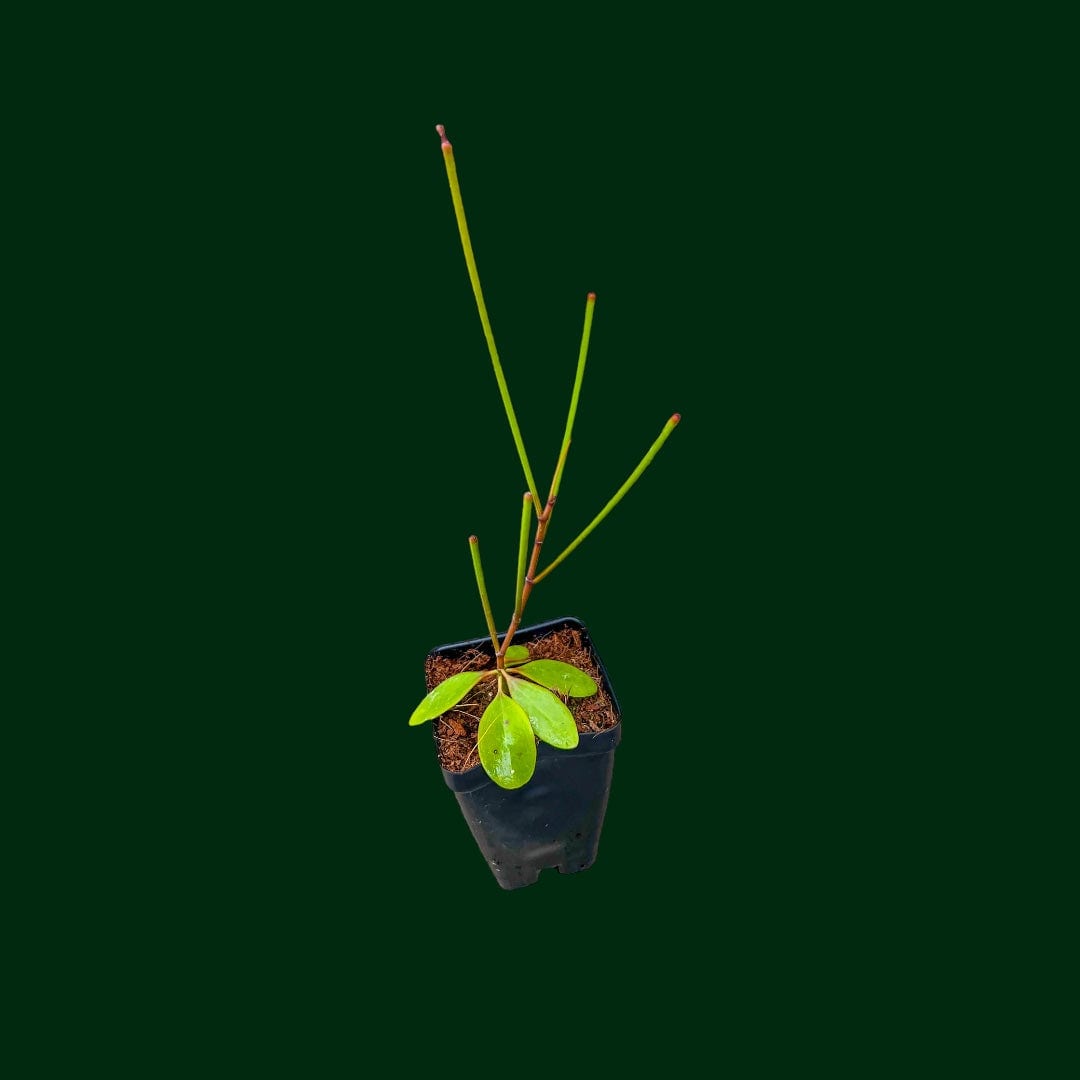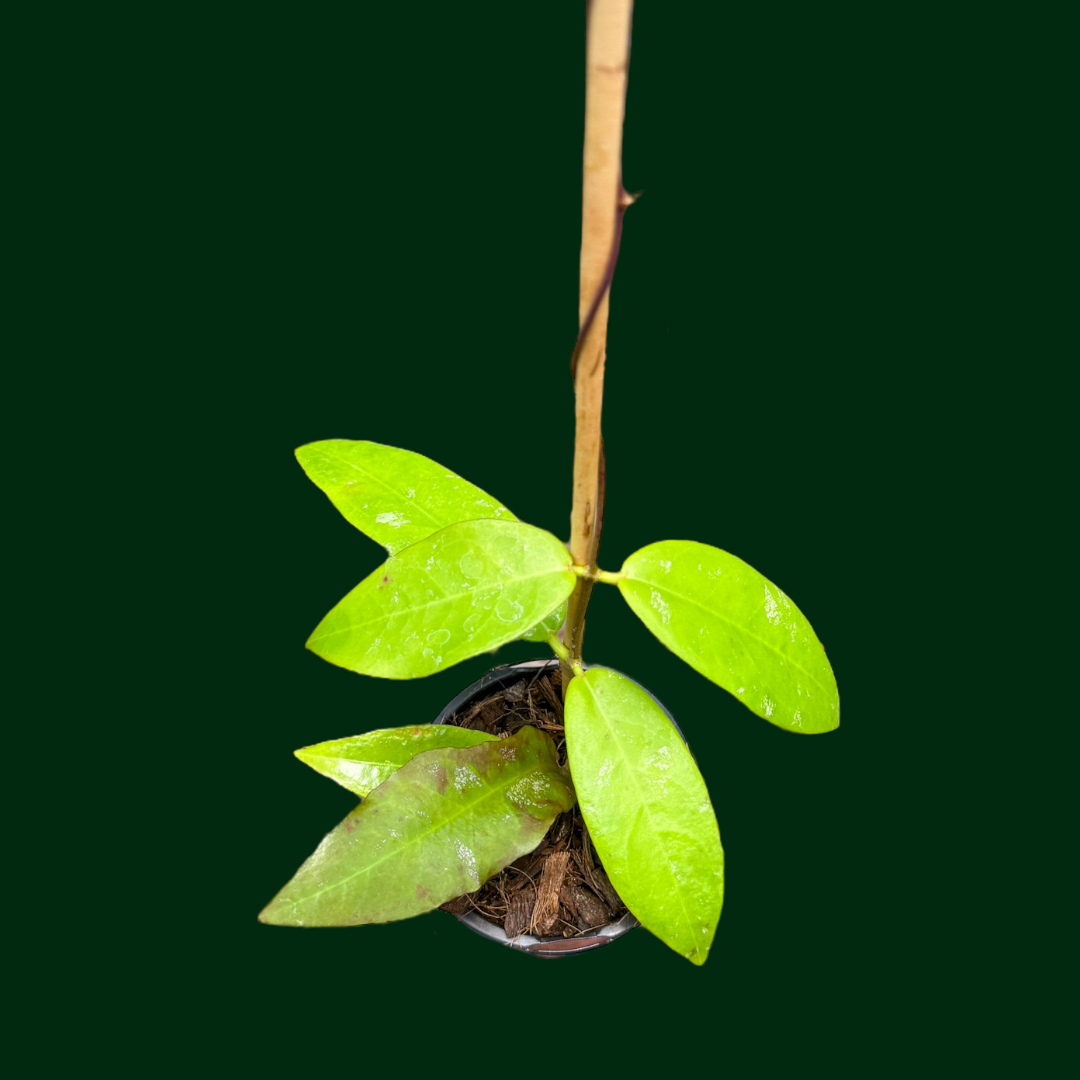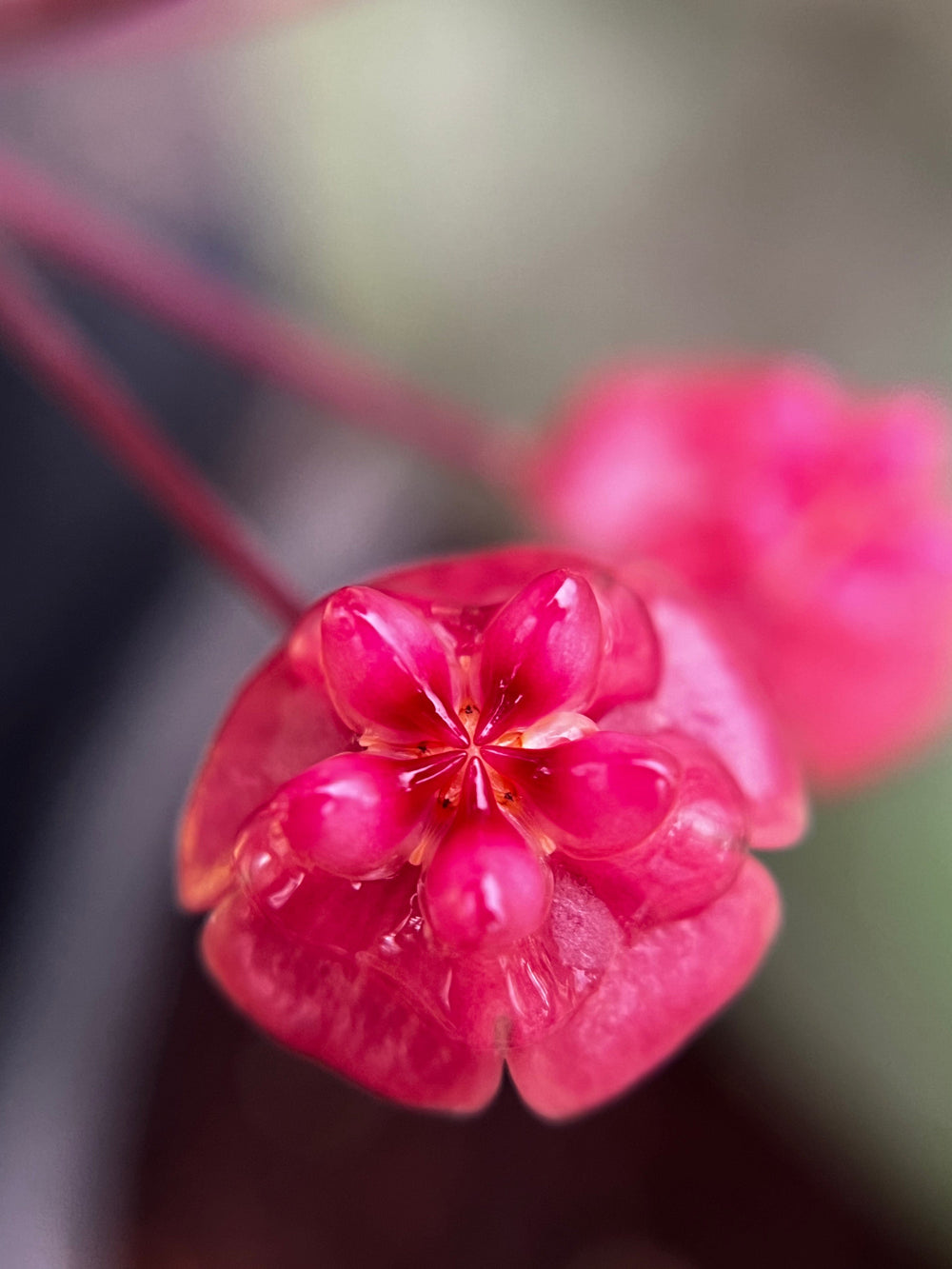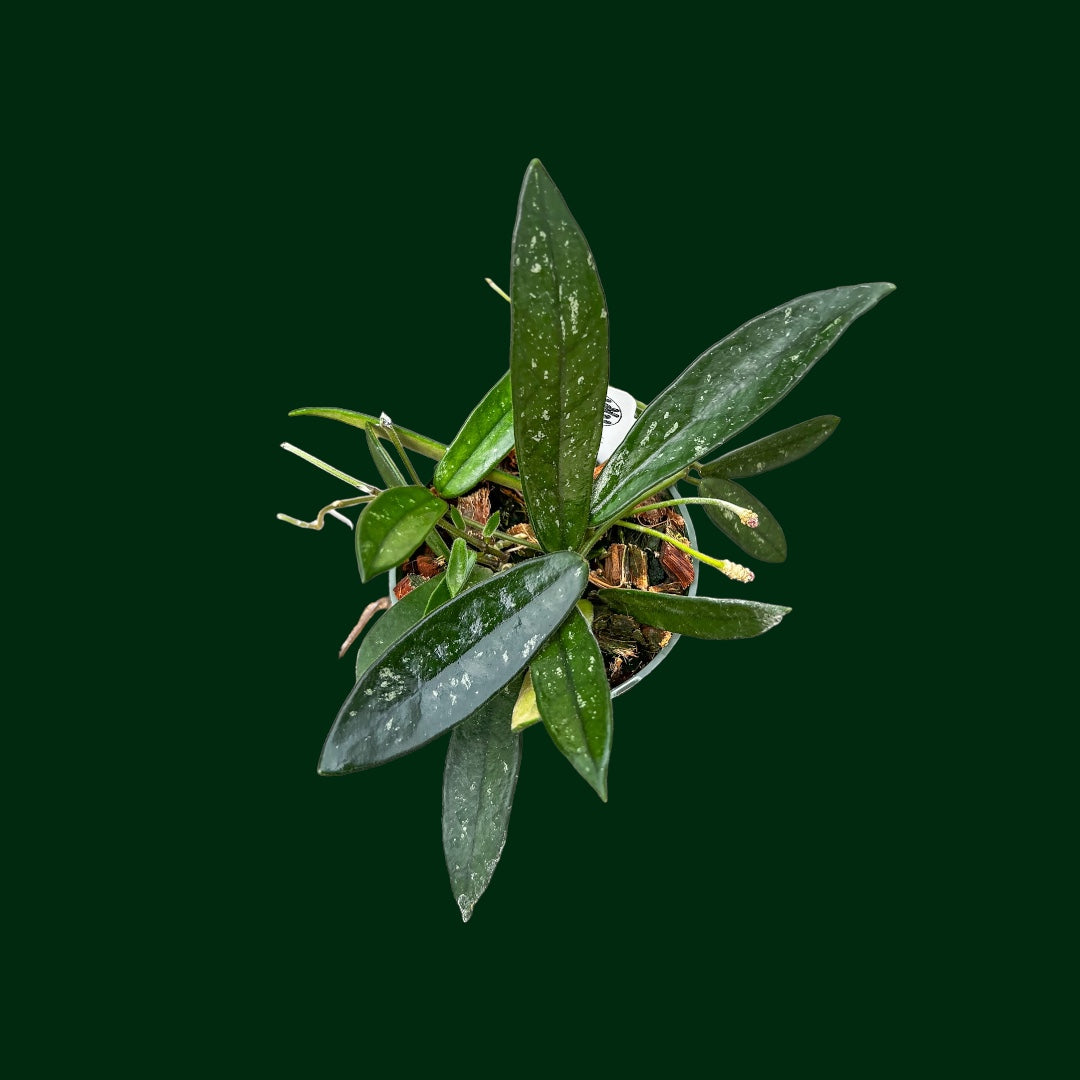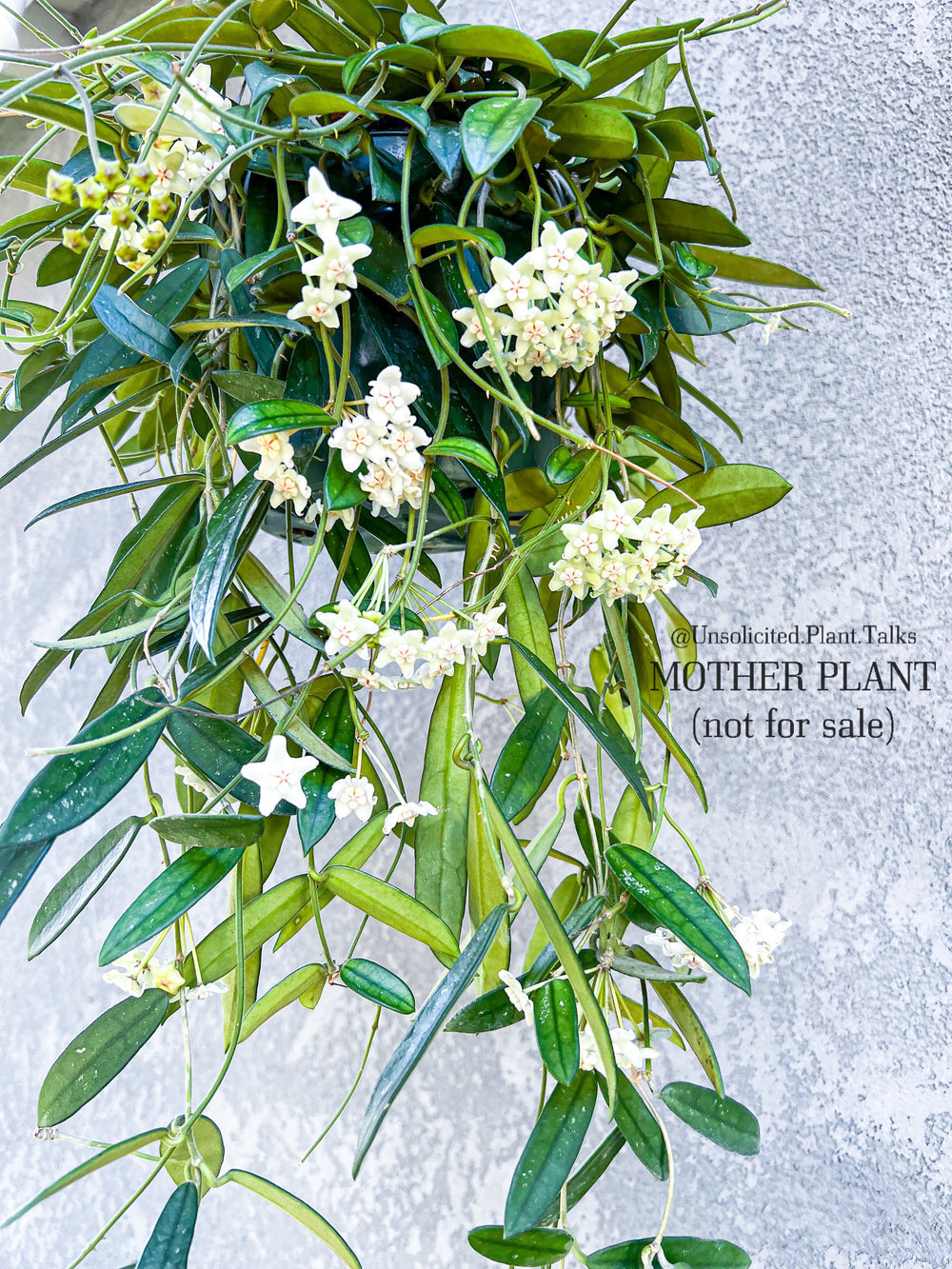Hoya Kerrii - Plant Care Guide
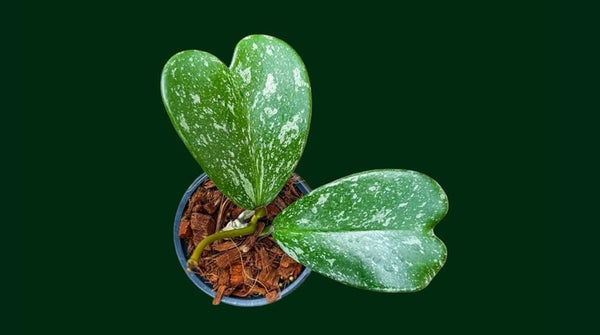
Table of Contents
- Light
- Watering
- Soil
- Temperature and Humidity
- Fertilizing
- How to Propagate Hoya Kerrii
- Common Pests and Diseases
- Toxicity to Cats
- The Bottom Line
Known as the ‘sweetheart hoya’ due to its unique leaf shape, Hoya kerrii is the variety of choice for many enthusiasts of these houseplants.
However, for it to grow well and reward you with beautiful and vibrant blossoms, you need to know how to take care of it properly. In this guide, you will learn all about how to take care of your Hoya kerrii to achieve vibrant florals for as long as possible.
| Aspect | Details |
|---|---|
| Light | Prefers bright, indirect sunlight. Avoid direct sun exposure to prevent leaf scorching. |
| Watering | Allow the top 1-2 inches of soil to dry out between waterings. Water approximately once a week in warmer months and every two weeks during colder months. |
| Soil | Requires well-draining soil with good aeration. A mix suitable for succulents or orchids is ideal. |
| Temperature | Thrives in temperatures between 65°F to 80°F (18°C to 27°C). Protect from drafts and sudden temperature changes. |
| Humidity | Prefers moderate humidity levels. Benefits from occasional misting or placement near a humidifier. |
| Fertilizing | During the growing season (spring and summer), feed monthly with a balanced, water-soluble fertilizer diluted to half strength. |
| Propagation | Can be propagated through stem cuttings. Allow cut ends to callous before planting in a well-draining soil mix. |
| Pests and Diseases | Watch for common pests like mealybugs and spider mites. Ensure proper watering to prevent root rot. |
| Toxicity | Non-toxic to cats and dogs, making it a pet-friendly houseplant option. |
Light
When it comes to Hoya kerrii light requirements, it thrives in places where it has little to no direct sunlight, as in the wild, it grows in rainforest settings. If there’s too much sun hitting it, the leaves can get scorched, and your plant’s growth will be slowed down.
If you want to know whether you’re providing your Hoya kerrii with the right amount of light, observe the leaves. If they are a healthy green color, the light conditions are perfect. If they start turning yellow or brown, your plant needs less light. If it’s not growing well and the leaves are pale, it most likely doesn’t get enough sunlight - move it to a brighter spot.
During winter, when not as much light is available, you can use a growth light. Also, rotate your plant regularly so all of its parts get access to light.
Watering
Hoya kerrii is pretty lenient when it comes to its watering requirements, mainly because it is a semi-succulent plant and it can store water in its leaves.
Generally speaking, you should allow the top one or two inches of the soil to dry out before watering again. During warmer months, that would probably mean watering once a week should be enough; meanwhile, during colder months, we would recommend extending the time between waterings to once every two weeks.
Soil
Hoya kerrii requires a well-draining soil to prevent root rot. Coco husk works great, as regular potting mix might be a little too heavy. If you do want to use a regular mix, don’t use it on its own. Mix it with perlite and orchid bark, ideally in 2:1:1 proportions to improve drainage.
Temperature and Humidity
Hoya kerrii love warm and humid conditions; they thrive best when the temperatures fall between 60 and 80 degrees Fahrenheit. Be careful not to expose them to temperatures lower than 50 degrees Fahrenheit—it will significantly slow down their growth.
As for humidity, regular household humidity should be more than fine in most cases, but if you want to improve it, a simple way to do it would be to place a humidifier nearby. If you don’t have it, you can opt for placing your Hoya kerrii in a naturally humid room, such as the bathroom. Misting them regularly also helps.
Fertilizing

Hoya kerrii will benefit from being fertilized during their most active period, but it’s not a requirement. If you do fertilize them, use a balanced liquid fertilizer, meant either specifically for hoyas or for indoor plants, monthly during spring and summer.
How to Propagate Hoya Kerrii
Hoya kerrii is very easy to propagate - and here’s a step-by-step guide on how to do it:
- Select the right stem: Choose a healthy stem with at least three nodes. Use sharp pruning shears or scissors. Remove the few bottom leaves, leaving the nodes exposed, but keep one at the top of your stem.
- Place your stem in water: Grab a small container, fill it with water, and place your cutting in it, ensuring the leaves stay above the surface.
- Take care of it: Place your cutting somewhere it will receive bright, indirect sunlight. Replace the water every week.
- Wait for the roots to grow: When taken care of properly, roots should start forming after a few weeks. Once they grow to about 1 to 2 inches, you can plant them in a well-draining soil.
Common Pests and Diseases
Hoya kerrii is a pretty resistant plant, but just like any other, there are a few things even it cannot overcome. Some of those include:
- Insects issues: Common houseplant pests, which also affect Hoya kerrii, include mealybugs, spider mites, scales, and aphids. They don’t usually appear on Hoya kerrii directly - typically they first start on another houseplant and then move onto hoyas. Make sure to regularly inspect the stems and leaves to catch any insect issues early on.
- Overwatering and root rot - Watering your Hoya kerrii too much, or using soil without well-draining properties can cause your plant to develop root rot, which can be difficult to combat. If your plant seems to have rotten roots, repotting and cutting the ones that can’t be saved might help.
- Temperature fluctuations - Make sure the place you keep your Hoya kerrii has a more or less stable temperature. Going back and forth between low and high temperatures can be damaging to your plant.
Toxicity to Cats
Hoya kerrii is not toxic to cats. It is one of the varieties of Hoya that are completely safe to have in your home when you have a furry friend. Still, try to keep it out of their reach, as accidents can happen.
The Bottom Line

A Hoya kerrii plant can be a gorgeous addition to any indoor space - as long as you take care of it properly. Hopefully, thanks to this Hoya kerrii care guide, you’ll be able to do just that.
Providing the ideal growth conditions in terms of lights, water, soil, and fertilizer can make a world of difference between your plant delivering an abundance of gorgeous flowers and a lack of.



